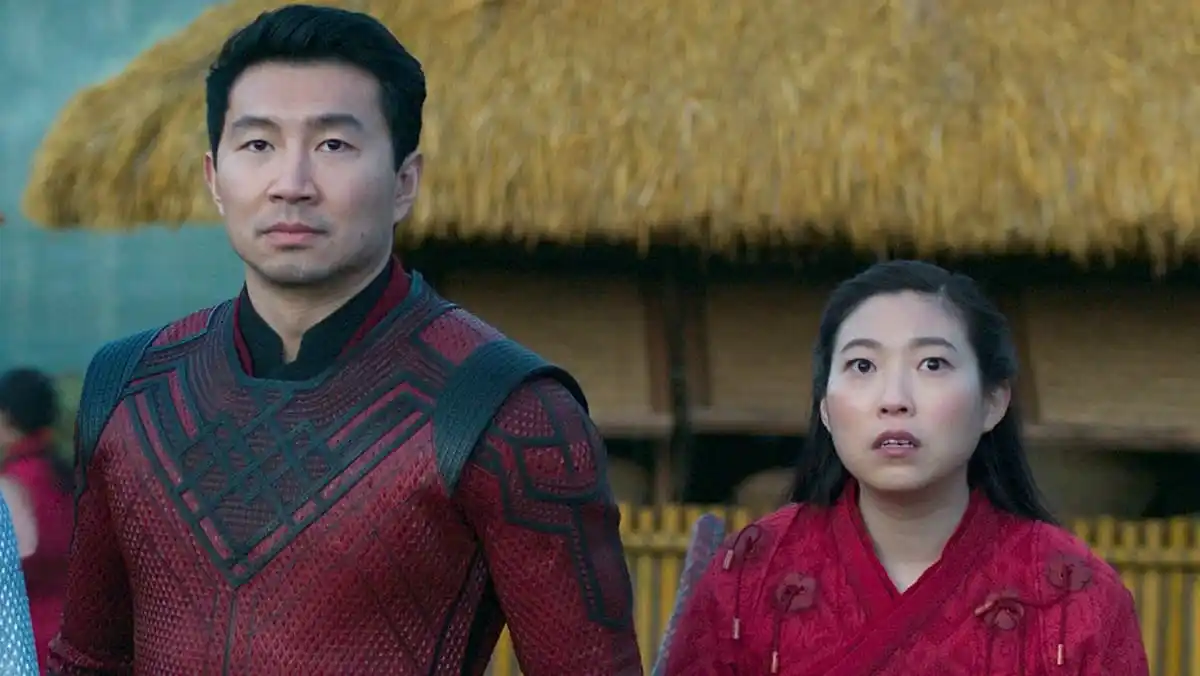In Shōgun Episode 3, “Tomorrow is Tomorrow,” Pilot-Major John Blackthorne receives a new Japanese title, “hatamoto” – so what does it mean in English?
Related: Is FX’s Shōgun Based On a True Story?
What Does Hatamoto Mean In FX’s Shōgun?
Lord Yoshii Toranaga bestows the hatamoto rank on Blackthrone late in Shōgun‘s third episode, deciding that he and his samurai subordinates can’t go on calling Blackthorne “barbarian” any longer. The exact nature of the role isn’t explained on-screen – all we know (via Toda Mariko) is that being named a hatamoto is a great honor. As such, anyone not up to speed on feudal Japan was likely a tad confused by this scene.
So, what is a hatamoto? A high-ranking samurai, basically. Hatamoto – which translates to “guardian of the banner” – are the direct retainers of a daimyo (or lord). By naming Blackthorne a hatamoto, Toranaga has made him an official member of his inner circle. If that sounds farfetched given Blackthorne is an English outsider, bear in mind that the character’s historical counterpart, William Adams, was also a hatamoto.
Not able to stream this show in your region? See how PureVPN can help
Adams held the title of jikatatori hatamoto (or direct bannerman) while part of shōgun Tokugawa Ieyasu’s court in the 1600s. This real-life event inspired novelist James Clavell to write the original Shōgun novel, after he read about it in one of his daughter’s school books. Clavell then researched Adams’ exploits in Japan further, transforming them into Shōgun‘s fictional story.
Related: Is FX’s Shōgun in English?
Why Is Blackthorne Called ‘Anjin’ In Shōgun?
That’s hatamoto covered – what about Blackthorne’s other title in Shōgun, “Anjin”? This one’s a bit more straightforward: it means “pilot” in Japanese. The show’s Japanese-speaking characters all use this word instead of “Blackthorne” as it’s both easier for them to pronounce and accurately reflects his profession as a ship’s navigator. Again, this mirrors William Adams’ experiences in feudal Japan. Adams went by “Miura Anjin,” or “the pilot of Miura” – a reference to the Japanese peninsula of the same name.
Related: Shōgun: What Is a Fief, Explained
Ieyasu re-christened Adams as Miura Anjin (and declared his original identity dead) as part of Adams’ elevation to the rank of samurai. This was more than just a symbolic gesture; it formally divorced Adams from his old life in England and embedded him in Japanese society. What’s more, Miura Anjin was a hereditary title as well as a name, so it was passed down to Adams’ son, Joseph, after his death. Adams’ birth name and Japanese name both appear on his gravestone, however.
Shōgun is currently airing on FX, with new episodes dropping Tuesdays.





